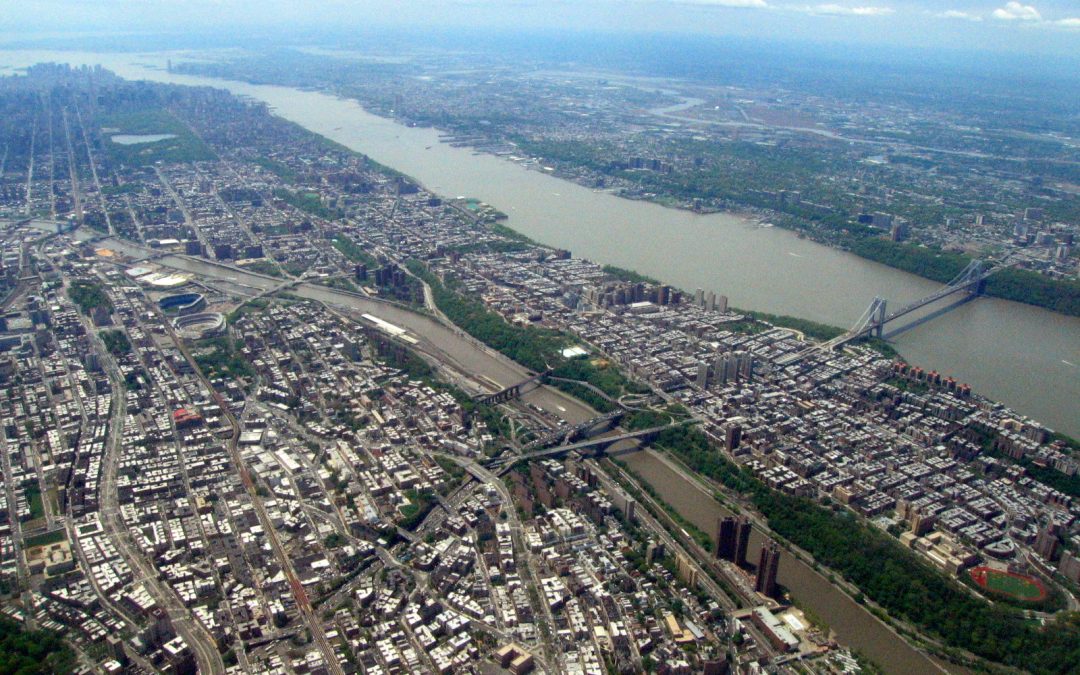Though the Bronx has suffered in the real estate game from abandonment and unused lots, that reality has been changing in recent years. With new incentives and public demand, buildings that sat empty and unused have now been replaced with constructions that are bringing new life and populations to the area. With residential and economic areas budding where they never had before, the Bronx is prime real estate territory. Below are a few key components of what makes the Bronx unique and desirable for developers and investors alike.
Affordable Housing
Market forces are driving developers to make use of available land in the Bronx. The city has played a significant role in the decisions of what buildings and properties are built; it’s even created incentives like free land, suspended taxes, and tax-exempt bonds in return for the construction of affordable housing. This effort has been made because the Bronx is still considered one of New York’s poorest boroughs, and creating more affordable housing can alleviate some of the financial stress on the residents while also drawing more residents into the new buildings, some of which host nearly 750 rental units.
Developers are replacing former buildings like abandoned juvenile centers with apartment complexes, as well as areas for small businesses like bakeries and breweries. Reusing the plots where empty or abandoned buildings once stood allows for new construction and more affordable properties, which are often rarities in the city.
Big Box Stores
Though massive stores do not easily fit into the compact regions of New York City, the Bronx provides unique opportunities for bulk stores like BJ’s as well as large department stores. These stores provide shopping experiences that cannot be found in other areas of the city, and they also open up new job opportunities, and their presence in the Bronx has proven successful among consumers. Big box stores provide unique variety of items that customers can’t explore in corner and specialty stores, and the appearance of retailers like Target, TJ Maxx, and Party City have also been met with enthusiasm and consumer appreciation.
Growth
As of March 2016, the Bronx was the city’s fastest growing borough. In the mid-1900s, the city experienced a period of significant crime and disarray, but that is no longer the case. Now, as the prices of city living are increasing in other areas of New York, the Bronx has drawn eyes because of its drastically lower housing costs, and as a result, more people have begun to seek residence in the area.
Business owners, too, have begun moving into the borough because of the low lease costs, which were at the time up to 80% less expensive than the cost of rent in Manhattan. Between 2009 and 2017, the Bronx witnessed a 12% growth in the number of businesses that resided there. There is more space in this area, both in land and in individual buildings, that allow businesses to grow and expand, physically and financially, more than they could in any other part of the city.
Though the Bronx has had a muddled past with crime and poverty, there are new opportunities there for business, affordable living, and prosperity. This frontier of previously underutilized land has the potential for profit and progress. Recognizing the prospects of developing this land in spite of its dark past could lead to immense benefits for those in the real estate business.
